George Floyd: Minnesota sees second night of clashes over death in custody
Police and protesters have clashed for a second night in the US city of Minneapolis after an unarmed black man died in police custody.
Tear gas was fired by police, while protesters threw rocks and sprayed graffiti. Businesses were also looted.
George Floyd, 46, died on Monday and video showed him gasping for breath as a white policeman knelt on his neck.
Four police officers have been fired, with the mayor saying that being black "should not be a death sentence".
The renewed clashes on Wednesday came just hours after the city's mayor called for criminal charges to be brought against the policeman who was filmed holding Mr Floyd.
 GETTY IMAGES
GETTY IMAGESThere was also looting and vandalism, with some buildings close to the demonstrations being destroyed by fire.
The incident echoes the case of Eric Garner, who was placed in a police chokehold in New York in 2014. His death became a rallying call against police brutality and was a driving force in the Black Lives Matter movement.
How have the protests unfolded?
They began in the afternoon on Tuesday, when hundreds of people came to the intersection where the incident had taken place.
Organisers tried to keep the protest peaceful and maintain coronavirus social distancing, with demonstrators chanting "I can't breathe" and "It could've been me".
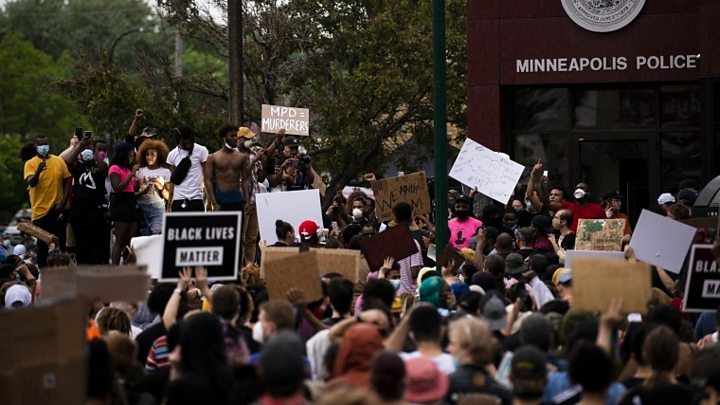
A crowd of hundreds then marched to the 3rd Precinct, where the officers involved in the death are thought to have worked.
One protester told CBS: "It's real ugly. The police have to understand that this is the climate they have created."
On a second night of demonstrations on Wednesday, protesters pelted rocks and some threw tear-gas canisters back at the officers.
The crowd grew into the thousands as the evening went on, and there was a standoff outside the police station where officers formed a human barricade to prevent protesters gaining entry.
Jessica Lussenhop, BBC senior staff writer, Minneapolis
The morning after a violent and destructive night across Minneapolis, the air was thick with acrid smoke as buildings continued to smoulder.
Fresh graffiti covers nearly every wall, sign and surface. Bus stop shelters are skeletal with their glass walls completely shattered.
This thriving commercial corner of the city has taken on the look of a war zone.
Much of the worst damage was concentrated around the Minneapolis Police Department's 3rd Precinct, where the officers involved in the killing of George Floyd are believed to have worked.
At least 100 demonstrators gathered once again this morning, shouting at a line of silent, helmeted police officers blocking the entrance to the precinct's parking lot. Armed officers watched from the roof.
The parking lot of a looted Target was strewn with debris from inside the store, and people were still freely going in and out of smashed windows and doors, though it appeared to be more out of curiosity than anything. Everyone seemed agog at the extent of the damage.
And it was indiscriminate.
Banks, check cashing shops and liquor stores were hit, but the windows of a public library branch were also smashed in, the bookshelves and reading desks scattered with glittering fragments. The classrooms of a charter school in the same strip mall complex as the Target were under several inches of water, as a security alarm droned on from somewhere.
Anger in the streets was palpable. Periodically there were shouts and wails. It seems a foregone conclusion that demonstrations will continue for days if not weeks, and further violence could follow. As one protester told me, "It's sad. But this is how they're going to listen."
A nearby supermarket was vandalised, and people were seen fleeing the store with baskets of looted goods. Other businesses were seen in flames and some appeared to have been entirely destroyed.
"Tonight was a different night of protesting than it was just the night before," a police spokesman told the New York Times.
Minneapolis mayor Jacob Frey has requested the state national guard's assistance in the wake of the protests, KARE11 News reported.
He earlier said: "We can have peaceful demonstrations, but I also have to ensure the safety of everyone in the city."
The incident has also sparked solidarity protests in Chicago, Illinois, Los Angeles, California, and Memphis, Tennessee.
What's the reaction?
Attorney Benjamin Crump, who is representing Mr Floyd's family, said "they want peace in Minneapolis", but know there cannot be peace without justice.
"We also cannot sink to the level of our oppressors," the statement said. "Looting and violence distract from the strength of our collective voice."
Mr Floyd's brother, Philonise Floyd, told CNN on Thursday: "I'm never gonna get my brother back. We need justice."
Speaking through tears, he said the officers who "executed my brother in broad daylight" must be arrested and that he was "tired of seeing black men die".
"People pleaded for his life. Kids - I know they were out there seeing this. Nobody wants to witness that, nobody should have to witness that."
He added that he understood why protesters were lashing out.
"I can't stop people right now because they have pain - they have the same pain that I feel. I want everything to be peaceful, but I can't make everybody be peaceful."
On Wednesday, President Donald Trump said Mr Floyd's death was "very sad and tragic", promising justice.
A number of celebrities and athletes, including John Boyega, LeBron James, Beyonce, and Justin Bieber, have also weighed in, expressing outrage over the incident and condemning racism.
What happened to George Floyd?
Officers responding to reports of the use of counterfeit money had approached Mr Floyd in his vehicle on Monday.
According to police he was told to step away from the vehicle and physically resisted officers.
A police statement said: "Officers were able to get the suspect into handcuffs and noted he appeared to be suffering medical distress."
Video taken at the scene does not show how the confrontation started. It shows a white officer using his knee to pin Mr Floyd to the ground by the neck.
Mr Floyd groans "please, I can't breathe" and "don't kill me" as bystanders urge officers to let him go.
He ceases to move and an ambulance arrives to take him to hospital where he was pronounced dead.
The city has identified the four officers involved as Derek Chauvin, Tou Thao, Thomas Lane and J Alexander Kueng.
The Minneapolis Police Officers Federation said the officers were co-operating with the investigation. In a statement to local media, the union said "now is not the time to rush to judgment".
"We must review all video. We must wait for the medical examiner's report."
Local media have named Mr Chauvin as the officer seen with his knee on Mr Floyd's neck.
What was the official response?
Minneapolis Mayor Jacob Frey said it was the "right call" to fire the officers.
He said: "Being black in America should not be a death sentence. For five minutes we watched as a white police officer pressed his knee into the neck of a black man. For five minutes. When you hear someone calling for help, you are supposed to help."
Mr Frey also called for the arrest of the officer seen in the video, asking: "Why is the man who killed George Floyd not in jail?"
"If you had done it or I had done it, we would be behind bars right now, and I cannot come up with a good answer to that question."
At a news conference on Thursday, Minneapolis officials urged residents to protest peacefully and condemned the looting and damage to buildings.
Police Chief Medaria Arradondo apologised for the "pain, devastation and trauma" caused by Mr Floyd's death.
"We've had a community in trauma for quite some time," he added. "What I cannot allow is for others to compound that trauma."
City councillor Andrea Jenkins also called for issuing a state of emergency, "declaring racism as a public health issue".
President Trump said that the FBI and Justice Department were investigating Mr Floyd's death at his request.
The US Attorney's Office in Minnesota, the FBI and the civil rights division of the justice department said on Thursday that the "robust criminal investigation" into the circumstances of Mr Floyd's death was a "top priority".
The inquiry will determine whether the actions of the police officers violated federal law by depriving Mr Floyd of his constitutional rights.
The Minnesota police handbook states that officers trained on how to compress the neck without applying direct pressure to the airway can use a knee under its use-of-force policy. This is regarded as a non-deadly-force option.
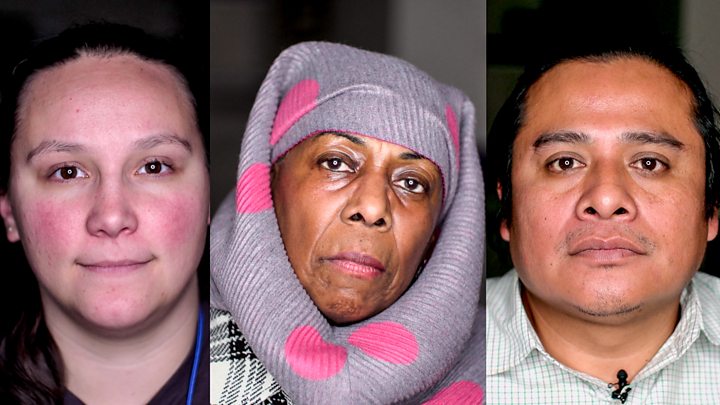
Why is the case so sensitive?
Allegations of police brutality have been constantly highlighted since the start of the Black Lives Matter movement. It began after the acquittal of neighbourhood watchman George Zimmerman in the shooting death of African-American Trayvon Martin in February 2012.
The deaths of Michael Brown in Ferguson and Eric Garner in New York in 2014 sparked huge protests.
"I can't breathe" became a national rallying cry as Garner, an unarmed black man, uttered the phrase 11 times after being detained by police in a chokehold on suspicion of illegally selling loose cigarettes.
The New York City police officer involved in Garner's arrest was fired five years later, but no officer was charged.
Recent allegations of police wrongdoing include the shooting of a black woman in her home in Louisville by three white Kentucky policemen and the shooting of a man by an officer in Maryland.
Features
Elsewhere on the BBC
Lyrics quiz
Have you been getting these songs wrong?
Feeling hot
What happens to your body in extreme heat?
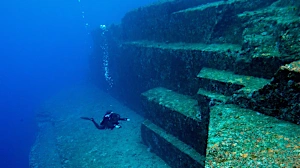
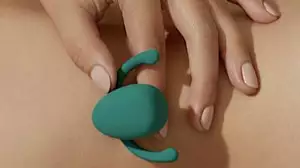



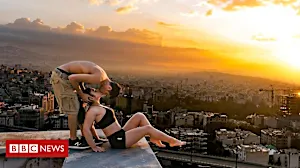


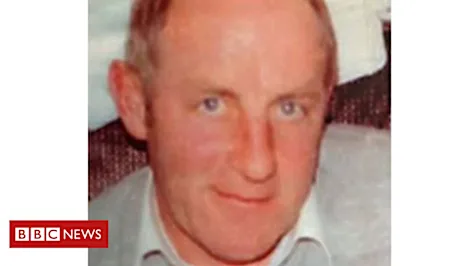
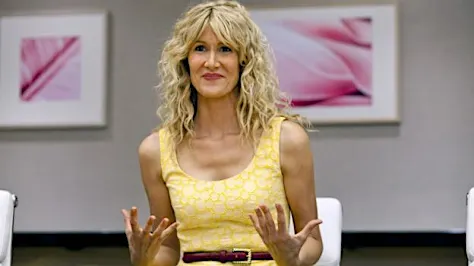
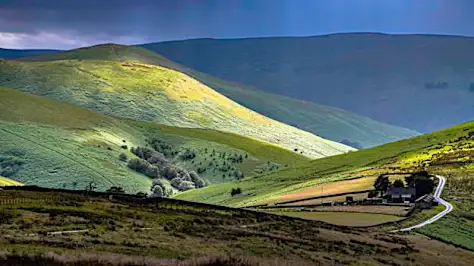
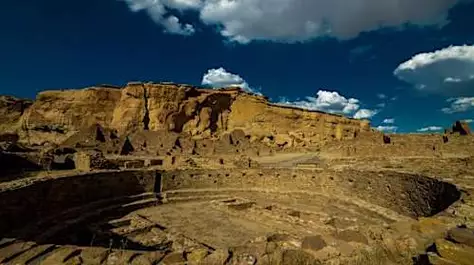
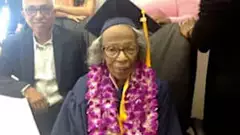
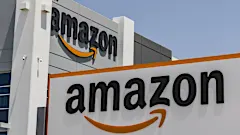

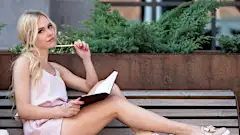
Comments
Post a Comment